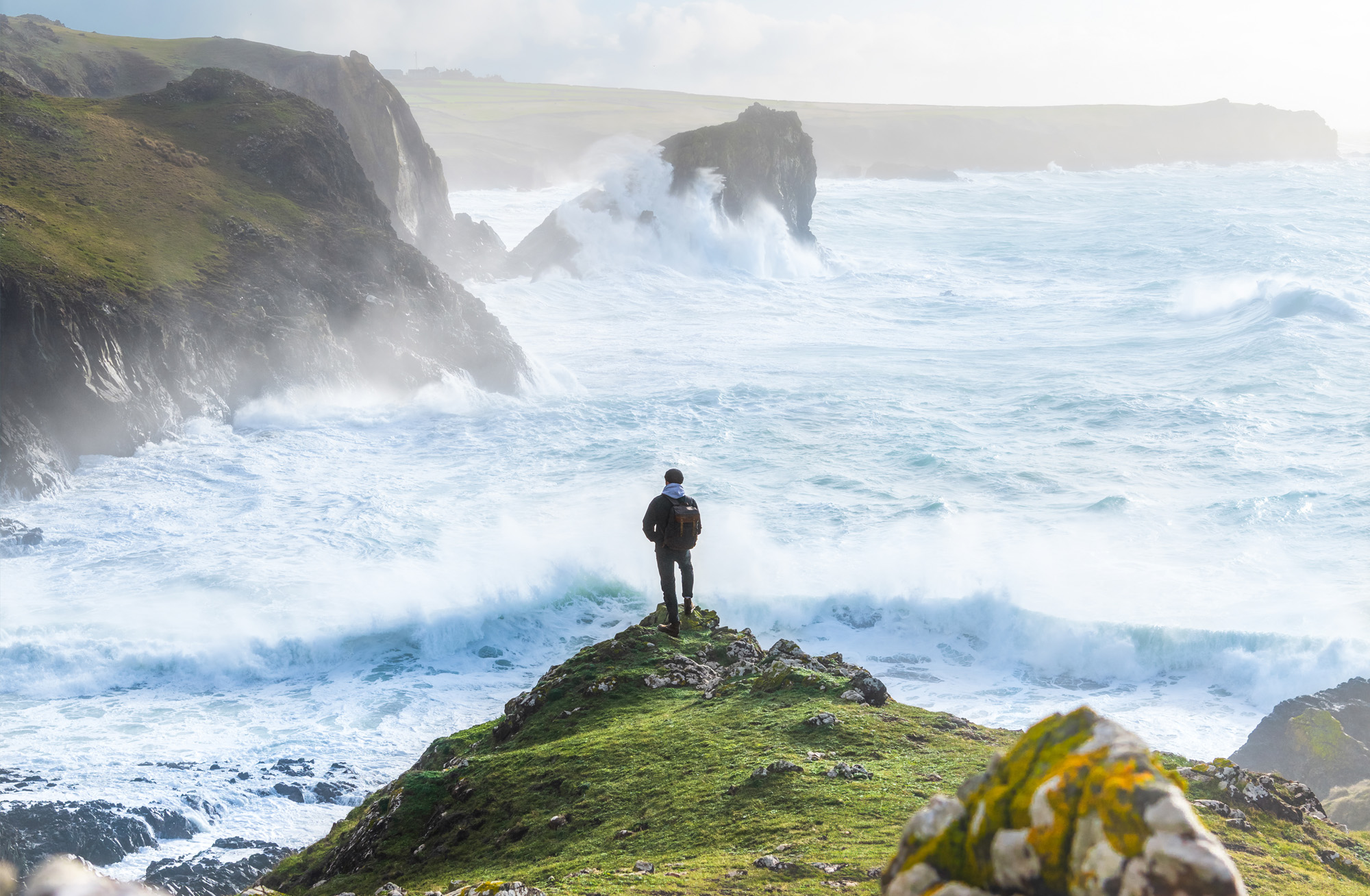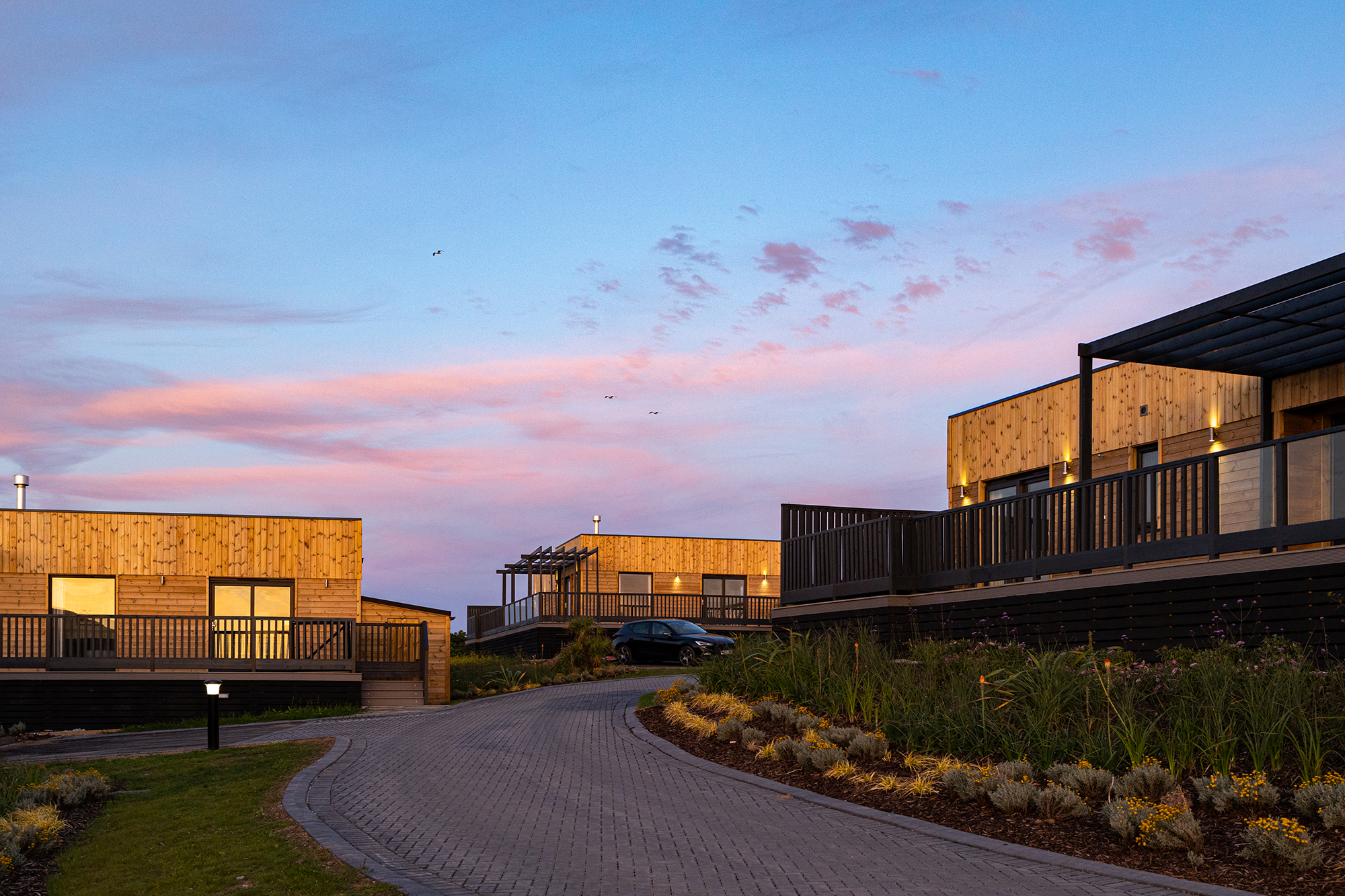Your nature Retreat
EXPLORE THE WILD WONDERS OF CORNWALL
Unveil the natural treasures of Cornwall at Gwel an Mor, your ultimate nature retreat nestled amidst the stunning Cornish landscape. Our resort serves as the perfect base to embark on adventures into the wild, offering unparalleled opportunities to explore the rich biodiversity of the region. From wild foraging expeditions to birdwatching escapades, wildlife tours on both land and sea await eager enthusiasts.
Immerse yourself in the breathtaking beauty of Cornwall’s diverse ecosystems, from rugged coastlines to lush woodlands, and encounter a myriad of fascinating creatures along the way.
































